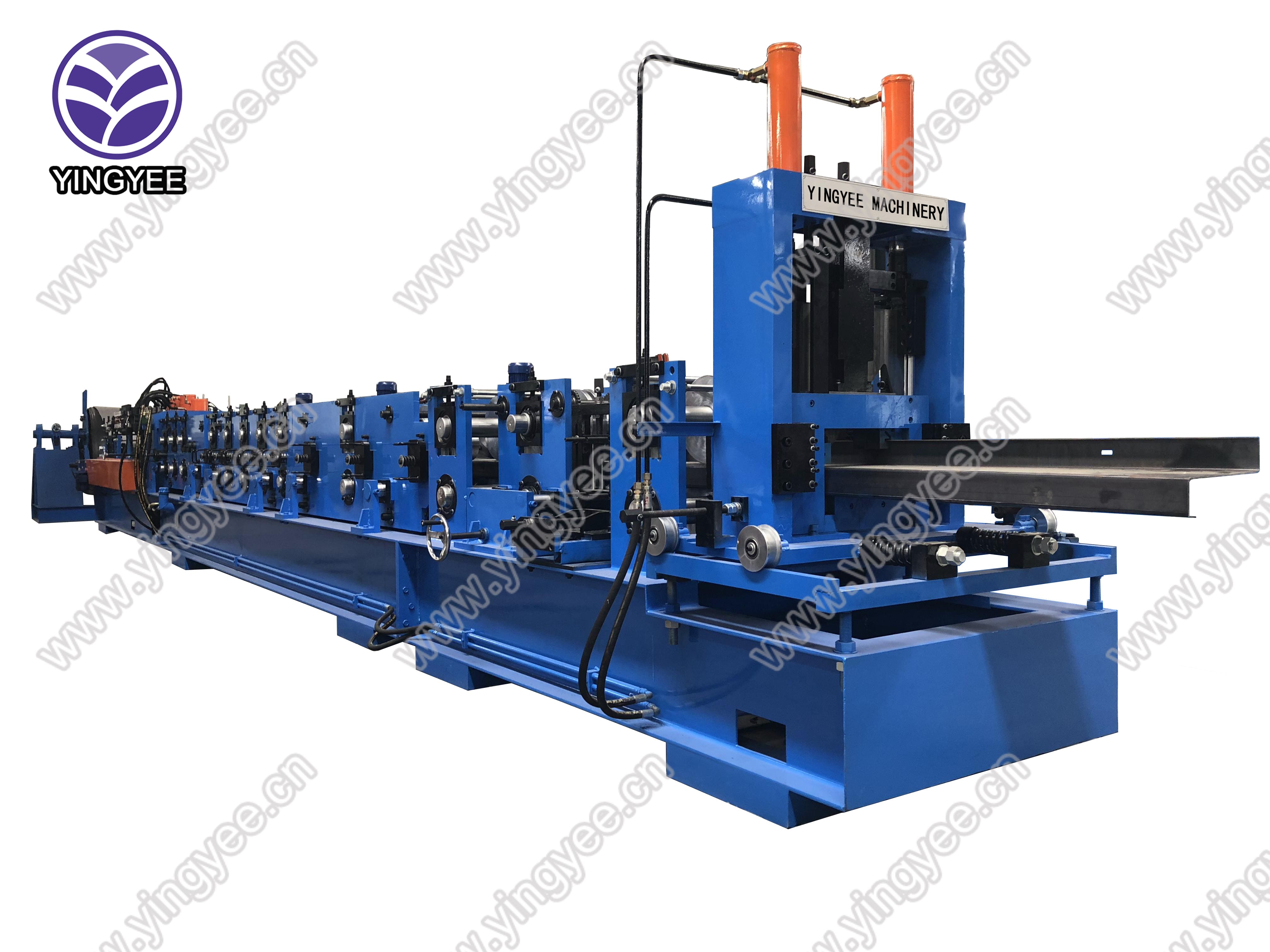
The Innovation and Importance of C-Channel and Wall Angle Frame Roll Forming Machinery
In the construction and building industry, efficiency and precision are paramount. Modern structures increasingly rely on advanced machinery to produce critical components with consistency and quality. One such advancement is the roll forming machinery used for C-channel and wall angle frames. These machines not only streamline the manufacturing process but also enhance the strength and durability of building frameworks.
Understanding Roll Forming
Roll forming is a continuous bending operation in which a long strip of sheet metal is passed through consecutive pairs of rollers. The rollers gradually shape the metal into a desired cross-section. This process is particularly advantageous for producing long lengths of uniform profiles, such as C-channels and wall angles, which are extensively used in drywall framing.
C-Channel and Wall Angle Applications
C-channels provide structural support in walls, ceilings, and floors. Their design allows for easy attachment of drywall, making them indispensable in both commercial and residential construction. Wall angle frames, on the other hand, help create a seamless finish where drywall meets walls, ceilings, or other surfaces. Together, these components form the backbone of modern building structures, ensuring they meet required safety standards and architectural aesthetics.
Advantages of Roll Forming Machinery
1. Precision Production Roll forming machinery is designed to produce components with high precision. This reduces material waste and ensures that every piece meets the specified tolerances required for construction projects.
2. High Efficiency The automation of roll forming processes allows for high-speed production, significantly reducing the time required to manufacture C-channels and wall angles compared to traditional methods. This efficiency translates into cost savings for manufacturers and builders alike.

3. Versatility Modern roll forming machines are versatile and can be modified to produce a variety of profiles. This adaptability allows manufacturers to cater to different construction needs without the necessity of investing in new equipment for each design change.
4. Material Flexibility These machines can work with various materials, including steel, aluminum, and special alloys. This flexibility ensures that builders can select materials that best suit their project requirements, whether it be for weight, strength, or cost considerations.
The Role of Technology
Advancements in technology have significantly enhanced the functionality of roll forming machinery. Computer Numerical Control (CNC) technology allows for precise control of the forming process, enabling quick adjustments to production settings. Moreover, sensors and automation contribute to improved quality control, ensuring that every piece produced is up to standard.
Additionally, the integration of software solutions aids in the design and simulation of profiles before production begins. This means potential issues can be identified and addressed in the planning phase, further enhancing efficiency.
Conclusion
The machinery for producing C-channels and wall angle frames through roll forming represents a crucial innovation in the construction industry. As project demands continue to evolve, the importance of high-quality, efficient production methods cannot be overstated. Building professionals that leverage this technology not only benefit from increased productivity and reduced costs but also contribute to the overall improvement of construction standards and practices.
In summary, the role of C-channel and wall angle frame roll forming machinery is pivotal in modern construction, providing the necessary tools to create durable and efficient structures. As technology advances and the industry grows, these machines will continue to be at the forefront of building innovation, shaping the future of architecture and construction.